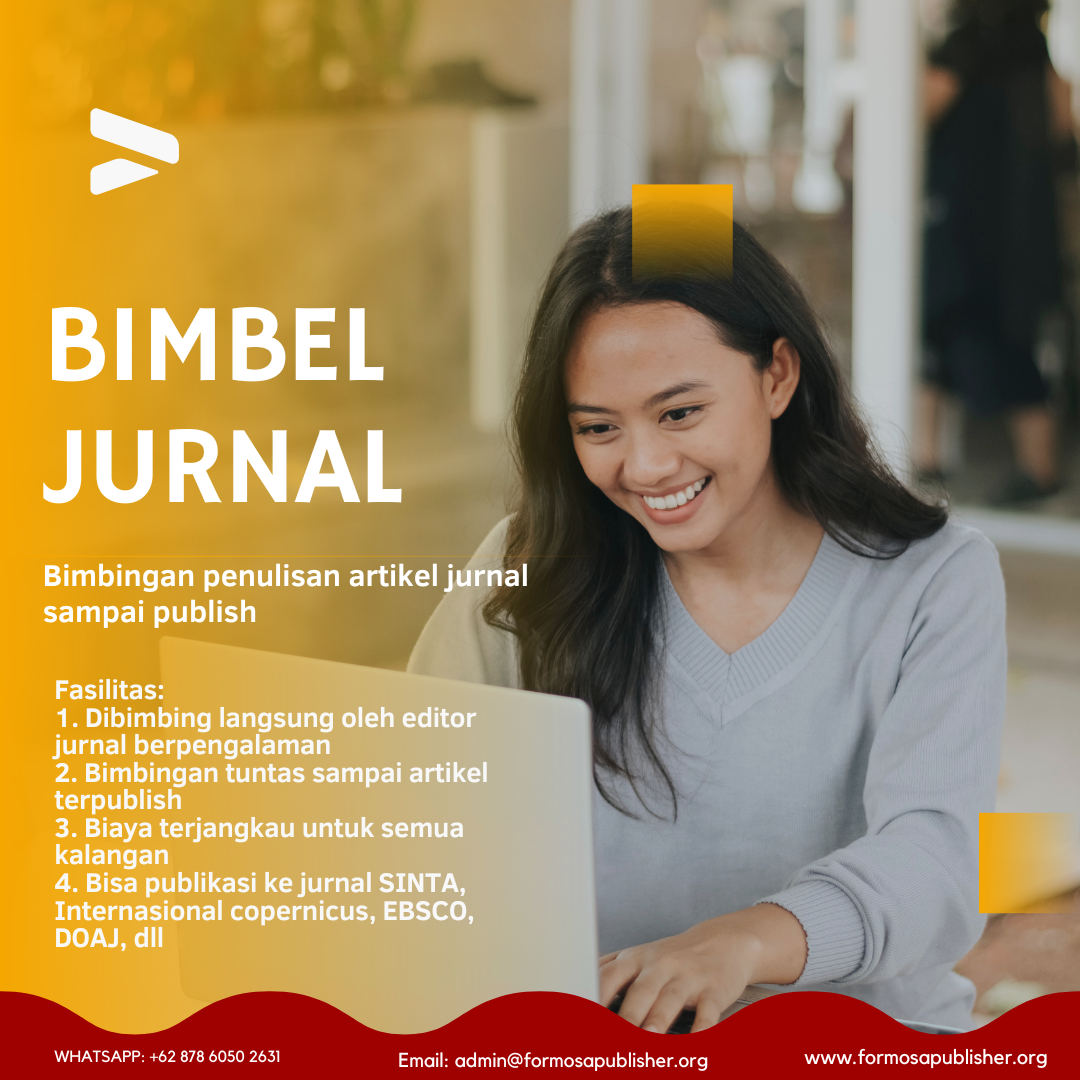Design Thinking Testing of AR/VR Application for Bali's Lontar Prasi Preservation
DOI:
https://doi.org/10.55927/mudima.v3i9.5744Keywords:
AR/VR Technology, User Experience Testing, Design Thinking MethodsAbstract
This study investigates the use of Design Thinking in the creation of Augmented Reality (AR) and Virtual Reality (VR) applications for the preservation of Bali's Lontar Prasi cultural heritage. As a piece of Indonesian cultural patrimony, Lontar Prasi necessitates a novel approach to its preservation in the digital age. This research identifies UI/UX issues of AR/VR applications based on user problems through the phases of Emphasis, Definition, Ideation, Prototype, and Test. Changes were made to the icon display, 3D character information, and UI positioning as a result. With an average score of 80 (Excellent) on the System Usability Scale (SUS), testing revealed a substantial improvement in user satisfaction. These results demonstrate that the Design Thinking methodology is effective for addressing UI/UX issues and enhancing the app's acceptability. In conclusion, this approach can serve as a foundation for future advancements in the preservation of cultural heritage using modern technology for digitized cultural heritage
References
Aditama, P. W., Sudipa, I. G. I., & Yanti, C. P. (2022). Indigenous Bali Of Lontar Prasi Using Augmented Reality For Support Strengthen Local Cultural Content. Eduvest-Journal of Universal Studies, 2(11), 2278–2287.
Clarke, R. I., Amonkar, S., & Rosenblad, A. (2020). Design thinking and methods in library practice and graduate library education. Journal of Librarianship and Information Science, 52(3), 749–763.
Duguleană, M., & Gîrbacia, F. (2021). Augmented reality meets non-fungible tokens: Insights towards preserving property rights. 2021 IEEE International Symposium on Mixed and Augmented Reality Adjunct (ISMAR-Adjunct), 359–361.
Foster, M. K. (2021). Design thinking: A creative approach to problem solving. Management Teaching Review, 6(2), 123–140.
Maheshwari, A. (2019). Digital transformation: Building intelligent enterprises. John Wiley & Sons.
Micheli, P., Wilner, S. J. S., Bhatti, S. H., Mura, M., & Beverland, M. B. (2019). Doing design thinking: Conceptual review, synthesis, and research agenda. Journal of Product Innovation Management, 36(2), 124–148.
Nurbekova, Z., Grinshkun, V., Aimicheva, G., Nurbekov, B., & Tuenbaeva, K. (2020). Project-based learning approach for teaching mobile application development using visualization technology. International Journal of Emerging Technologies in Learning (IJET), 15(8), 130–143.
Pereira, J. C., & de FSM Russo, R. (2018). Design thinking integrated in agile software development: A systematic literature review. Procedia Computer Science, 138, 775–782.
Piras, L., Dellagiacoma, D., Perini, A., Susi, A., Giorgini, P., & Mylopoulos, J. (2019). Design thinking and acceptance requirements for designing gamified software. 2019 13th International Conference on Research Challenges in Information Science (RCIS), 1–12.
Setiadi, B., Kraugusteeliana, K., Risdwiyanto, A., Bakri, A. A., & Arief, I. (2023). The Application of Delone and Mclean Framework to Analyze the Relationship Between Customer Satisfaction and User Experience of Mobile Application. Jurnal Sistim Informasi Dan Teknologi, 84–89.
Sudipa, I. G. I., Aditama, P. W., & Yanti, C. P. (2022a). Developing Augmented Reality Lontar Prasi Bali as an E-learning Material to Preserve Balinese Culture. Journal of Wireless Mobile Networks, Ubiquitous Computing, and Dependable Applications (JoWUA), 13(4), 169–181. https://doi.org/http://doi.org/10.58346/JOWUA.2022.I4.011
Sudipa, I. G. I., Aditama, P. W., & Yanti, C. P. (2022b). Evaluation of Lontar Prasi Bali Application based on Augmented Reality Using User Experience Questionnaire. East Asian Journal of Multidisciplinary Research, 1(9), 1845–1854.
Syah, A. Z., & Helmiah, F. (2021). Analisis Dan Desain E-Comerce Pada Hasil Produk Pengolahan Ikan Asin. Kesatria: Jurnal Penerapan Sistem Informasi (Komputer Dan Manajemen), 2(1), 77–83.
Trunfio, M., Lucia, M. Della, Campana, S., & Magnelli, A. (2022). Innovating the cultural heritage museum service model through virtual reality and augmented reality: The effects on the overall visitor experience and satisfaction. Journal of Heritage Tourism, 17(1), 1–19. https://doi.org/https://doi.org/10.1080/1743873X.2020.1850742
Vital, R., & Sylaiou, S. (2022). Digital survey: How it can change the way we perceive and understand heritage sites. Digital Applications in Archaeology and Cultural Heritage, 24, e00212. https://doi.org/https://doi.org/10.1016/j.daach.2022.e00212
Downloads
Published
How to Cite
Issue
Section
License
Copyright (c) 2023 Christina Purnama Yanti, I Gede Iwan Sudipa, Putu Wirayudi Aditama

This work is licensed under a Creative Commons Attribution 4.0 International License.































